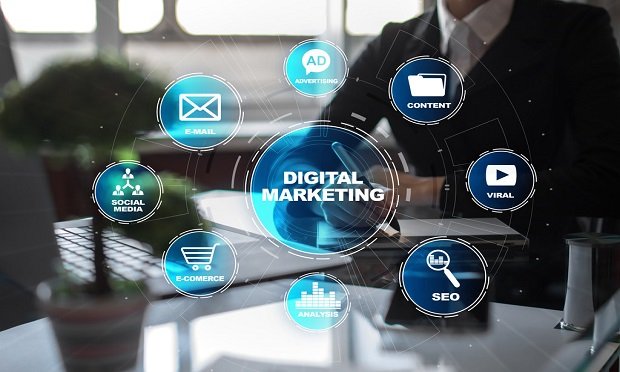 Research indicates that in less than five years, 85% of insurance sales will be digitally-influenced. (Shutterstock)
Research indicates that in less than five years, 85% of insurance sales will be digitally-influenced. (Shutterstock)
At some point, every industry must undergo a digital transformation to remain relevant. It's already underway in the insurance industry.
Customer expectations, requirements for improved efficiency, and growth initiatives require that all businesses adopt modern tools, systems, and processes to succeed in increasingly complex and fragmented business environments. The time has come for the insurance industry as almost 70% of insurers report that they are somewhere along the journey to digitally transform, according to Ensono. This is a clear sign they recognize that customer expectations are at an all-time high.
Recommended For You
Want to continue reading?
Become a Free PropertyCasualty360 Digital Reader
Your access to unlimited PropertyCasualty360 content isn’t changing.
Once you are an ALM digital member, you’ll receive:
- Breaking insurance news and analysis, on-site and via our newsletters and custom alerts
- Weekly Insurance Speak podcast featuring exclusive interviews with industry leaders
- Educational webcasts, white papers, and ebooks from industry thought leaders
- Critical converage of the employee benefits and financial advisory markets on our other ALM sites, BenefitsPRO and ThinkAdvisor
Already have an account? Sign In Now
© 2025 ALM Global, LLC, All Rights Reserved. Request academic re-use from www.copyright.com. All other uses, submit a request to [email protected]. For more information visit Asset & Logo Licensing.








